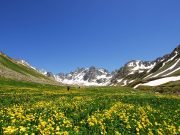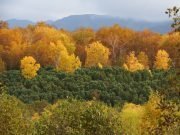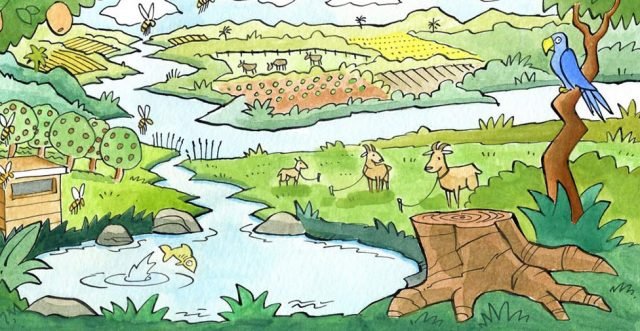As humans, we depend on nature. In particular, we need assets such as soil, food, water, and air that nature offers us, and processes such as soil formation, water and nutrient cycle, and atmospheric weather events that ensure the continuity of these assets. These processes have been called by different names throughout human history and are now called "ecosystem services". For example, environmental scientist G. Daily of Stanford University defines ecosystem services as the conditions and processes required for natural ecosystems and their species to sustain and fulfill human life.1 These services offered by nature include biodiversity and marine products, feed, timber, biofuels, natural They ensure the survival of natural and manufactured goods such as fiber, many pharmaceuticals and industrial products. In addition to the production of products, ecosystem services include many life support functions such as pest control, pollination, climate regulation, soil retention and flood control, cleaning, recycling and natural resource regeneration, which in turn provide many intangible aesthetic and cultural benefits. This concept was introduced in the late 1970s and 80s mostly by naturalists to show how the loss of biodiversity directly affects ecosystem functions that depend on services critical to human health, thereby triggering action on nature conservation. Accordingly, ecosystem services transform natural assets (soil, plants and animals, air and water) into things we value. For example, fungi, worms and bacteria provide an ecosystem service when they convert the raw components of sunlight, carbon and nitrogen into fertile soil. According to their functions, four different categories of ecosystem services can be identified:2
- Editing functions: The capacity of natural and semi-natural ecosystems to organize necessary life support systems through biological, geological or chemical cycles and processes. In addition to maintaining ecosystem (and biosphere) health, these regulatory functions provide many services to humans directly and indirectly, such as clean air, water and soil, and biological control services.
- Habitat functions: Natural ecosystems provide shelter and breeding grounds for wild plants and animals, thus contributing to the conservation of biological and genetic diversity and evolutionary processes.
- Production functions: Autotrophs (plants or algae that produce their own food) create complex and diverse carbohydrates using energy, carbon dioxide, water and various minerals using photosynthesis or inorganic chemical reactions. These complex structures are then used by secondary manufacturers to create other more complex and varied structures. This wide diversity in carbohydrate structures provides many ecosystem products for human consumption, from food and raw materials to energy sources and genetic material.
- Information functions: Since most of human evolution took place in prehistoric times without writing, natural ecosystems serve as an important reference in our understanding of the past. In addition, they contribute to human health by providing opportunities for spiritual enrichment, cognitive development, recreation and aesthetic experience.
As a result of increased awareness of the value of ecosystem services and the costs associated with their loss, mechanisms such as payments for ecosystem services have also emerged. Although these mechanisms have been proposed as market mechanisms to protect the ecosystem, they have also been criticized for concerns about the commodification of nature.
Source: Sustainable Development Guidelines






























